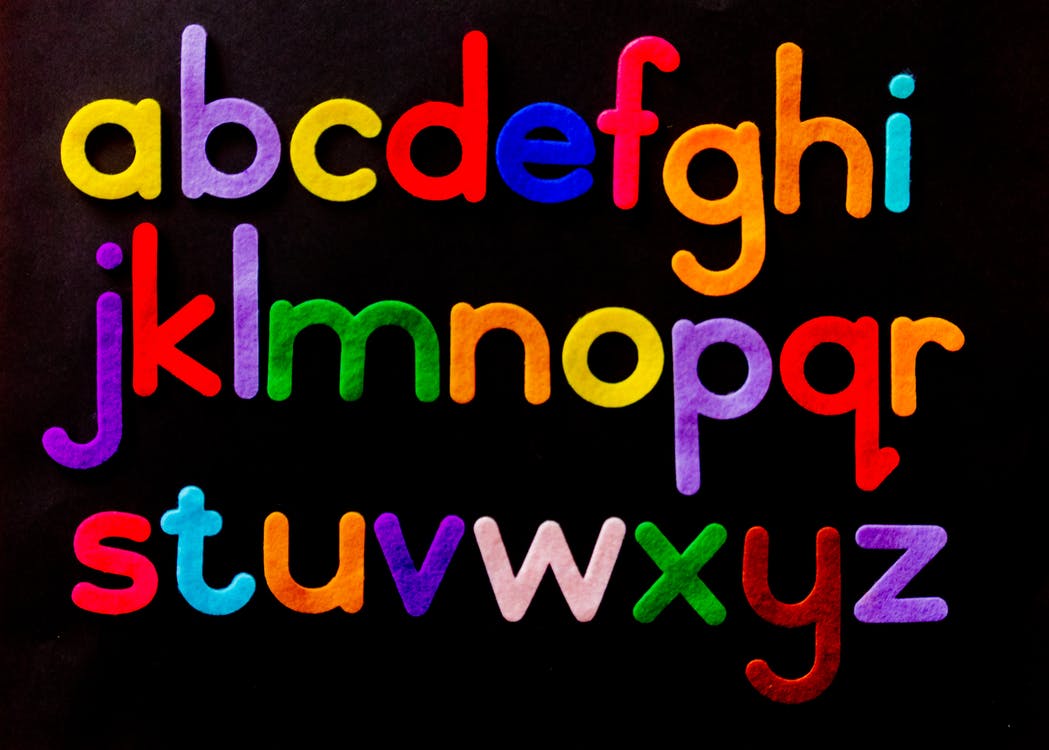Why You Should Care About Your Logo
Hopefully, by now even the smallest of SMEs will understand the importance of building a strong brand. Then, once you’ve built your brand, you need to protect it. Having an effective logo can serve both purposes. This makes it a hugely important investment. Here is what you need to know.
Understanding the importance of a logo
Brands are only as valuable as their level of recognition. In practical terms, recognition generally comes about through a combination of relevance and repetition. Your overall marketing will determine your relevance. Your logo will generate the necessary repetition.
The basic idea behind a logo is that it encapsulates your brand identity in a way people can process, literally, in microseconds. In this case, literally really does mean literally, because microseconds is probably all you’re going to get to be noticed. This is one reason it’s highly advisable to get your logo properly designed by a professional graphic design agency.
Once you’ve built up your brand, your logo will help to protect it. In blunt terms, it can be next to impossible to stop other companies from copying your product or service. They may not legally be able to copy it exactly, but they can often copy it very closely. What they cannot do, however, is copy your logo without your permission.
Logos and the law
There are two ways the law protects you from unauthorized use of your logo. One is the copyright laws and the other is the trademarking laws. Both forms of protection can only be granted to original designs. This is another argument in favour of using a professional graphic design agency rather than using logo-making templates.
Copyright is granted automatically but you have to register a trademark. It can be helpful to go through this process with your own legal guidance to maximize the chances of the registration process going smoothly. The key point to note is that registration is not granted automatically. Other businesses can raise objections to your logo and if they do you have to respond to them.
As a rule of thumb, the more distinct your logo is, the less chance there is that someone will object to it. What’s more, if anyone does object, you’re likely to stand a better chance of defending your logo against their objection.
What makes an effective logo?
An effective logo presents a brand’s identity in a way which can be clearly grasped by anybody, literally at a glance. This needs to include people who may qualify as disabled under the Equality Act 2010. Generally, the way to make sure this happens is to focus on simplicity and brevity.
For a great example of what this means in practice, take a look at the logos for the three main payment card companies, Visa, Mastercard and American Express. Visa’s name stands out much more prominently because it is much shorter. Both Mastercard and American Express have to rely heavily on supporting imagery.
It can take quite a bit of skill to develop a logo which meets all the necessary criteria. It can take even more to create one which works both practically and emotionally. This is a final argument in favour of investing in professional help.

